This fall Rollins welcomes what the Office of Admissions is calling the largest and most diverse class in Rollins history, increasing the number of incoming students of color by nearly five percent.
The incoming class is made up of 560 first year students and 80 transfer students, which is approximately 20 students larger than the average class size of previous years.
The most notable fact about this year’s incoming class is not its size, but its diversity. Students of color make up 36 percent of this fall’s incoming class, compared to 31.5 percent of the previous incoming class.
“Rollins can only be an excellent university to the extent that we are a diverse university,” President Grant Cornwell said. “A liberal education is the outcome of listening to and learning with students, faculty, and staff who bring diverse perspectives, life experiences, and identities to our common mission.”
The increased diversity is a direct result of the efforts of the Office of Admissions, according to Zaire McCoy, the dean of admissions and associate vice president for enrollment.
“Our admission counselors collaborate with our diversity and inclusion team to identify high schools and community-based organizations that have diverse populations so that we can establish and maintain strong partnerships.”
“Last spring, we hosted the first Preview Rollins weekend,” she said, “affording admitted students and families to learn more about diversity and inclusion at Rollins.”
The Preview Rollins weekend brought close to 30 admitted students of color to Rollins for an overnight experience. These students had the opportunity to interact with current Rollins students, faculty, and staff.
They were also encouraged to make connections with one another through ice-breakers and interactive events. Preview Rollins was held in conjunction with the Experience Rollins event, a half day of programs that included student and academic panels, a campus tour, and lunch.
The diversity of the incoming class may also have been influenced by the actions of the Office of Financial Aid. Steve Booker, associate vice president and director of Financial Aid, stated that Rollins has “awarded slightly more financial aid awards this year than last year.”
Booker continued, “The main reason is over the past couple of years, one of the strategic goals of the college is to recruit a more diverse student body, both economically and culturally.
“At this point in time, we have increased our Federal Pell Grant eligible first-year students by two percentage points when compared to last year. By definition, Federal Pell Grant recipients have the highest financial need and need the most financial support.”
Over the years, incoming classes have also grown closer to an even split between female and male students. Last year, 64 percent of the incoming class identified as women. This year, women constitute 58 percent of our new freshmen.
The majority of these new students are from Florida, with 55 percent enrolling from the Sunshine State and 38 percent enrolling from out-of-state. These percentages are consistent with those of previous incoming classes. There was a small decrease, however, in the number of international students compared to the previous incoming class.
Rollins’ dedication to diversity is especially apparent when compared to that of other private colleges in Florida.
Flagler and Eckerd Colleges both have student bodies that are 78 percent white, whereas 66.9 percent of the Rollins student body is white, with students of color making up the remaining percentages.
Rollins continues to strive for an ever more diverse student body. The statistics for this fall’s incoming class demonstrate how the college’s various efforts have already instigated change.
“Our mission at Rollins is to educate students for global citizenship and responsible leadership. Global citizens and responsible leaders not only understand diversity and embrace it, but also know how to draw upon it to collaborate in solving the world’s most pressing problems,” said Cornwell.

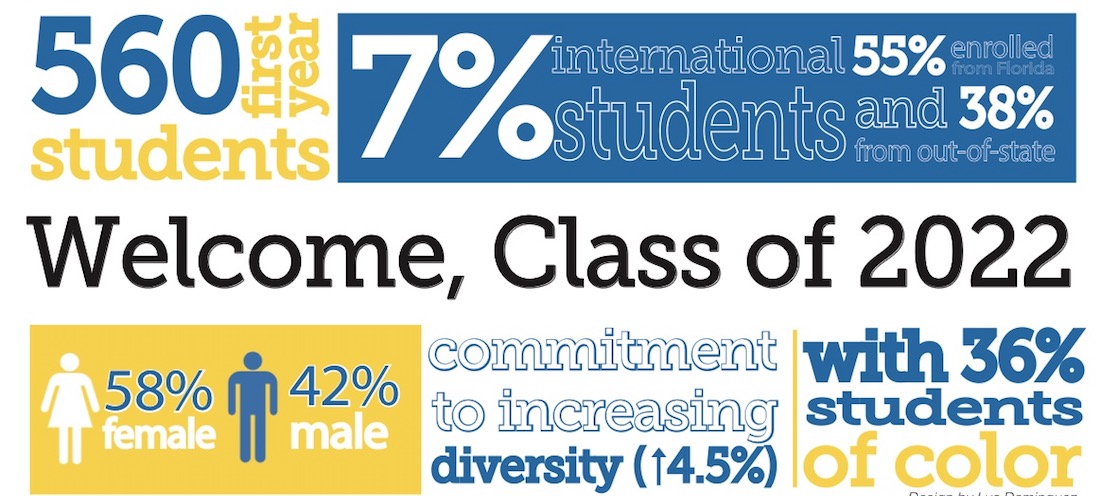
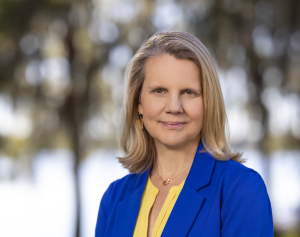






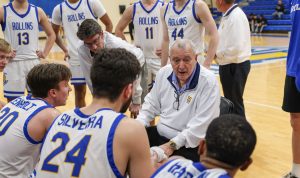

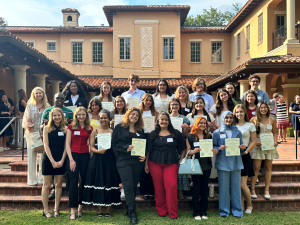
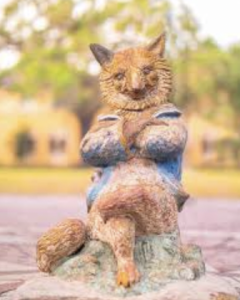

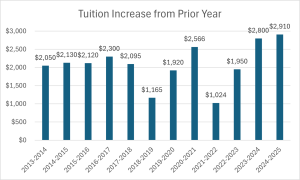




Be First to Comment